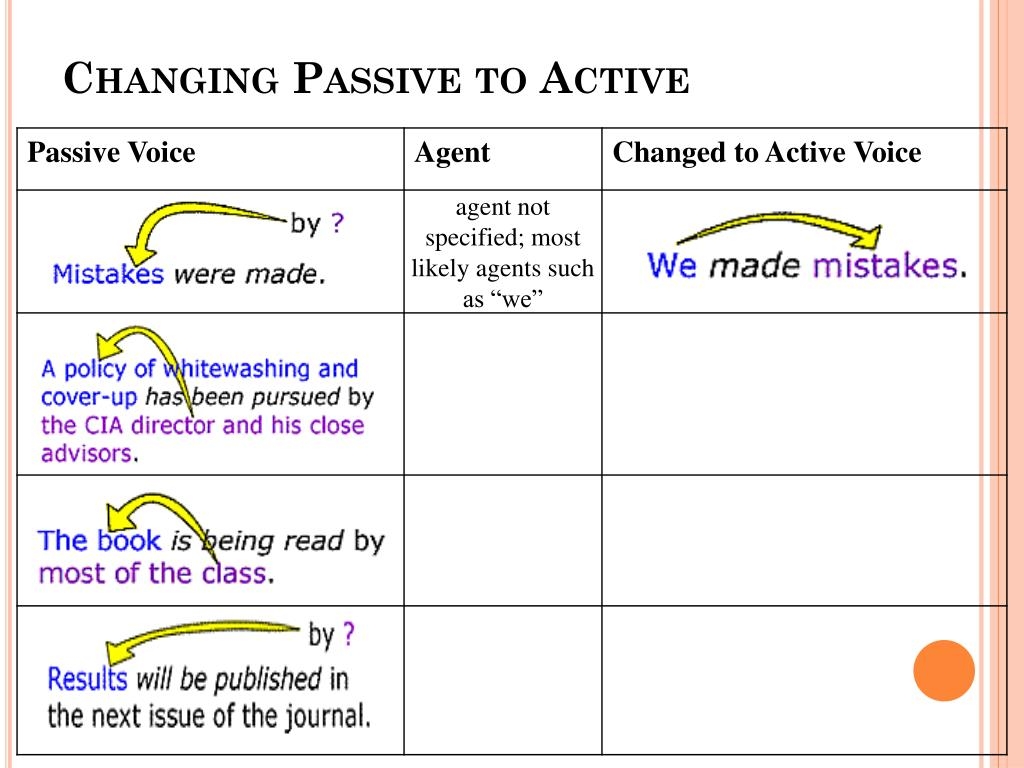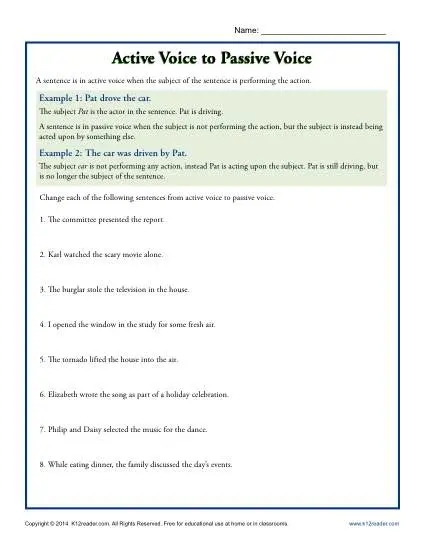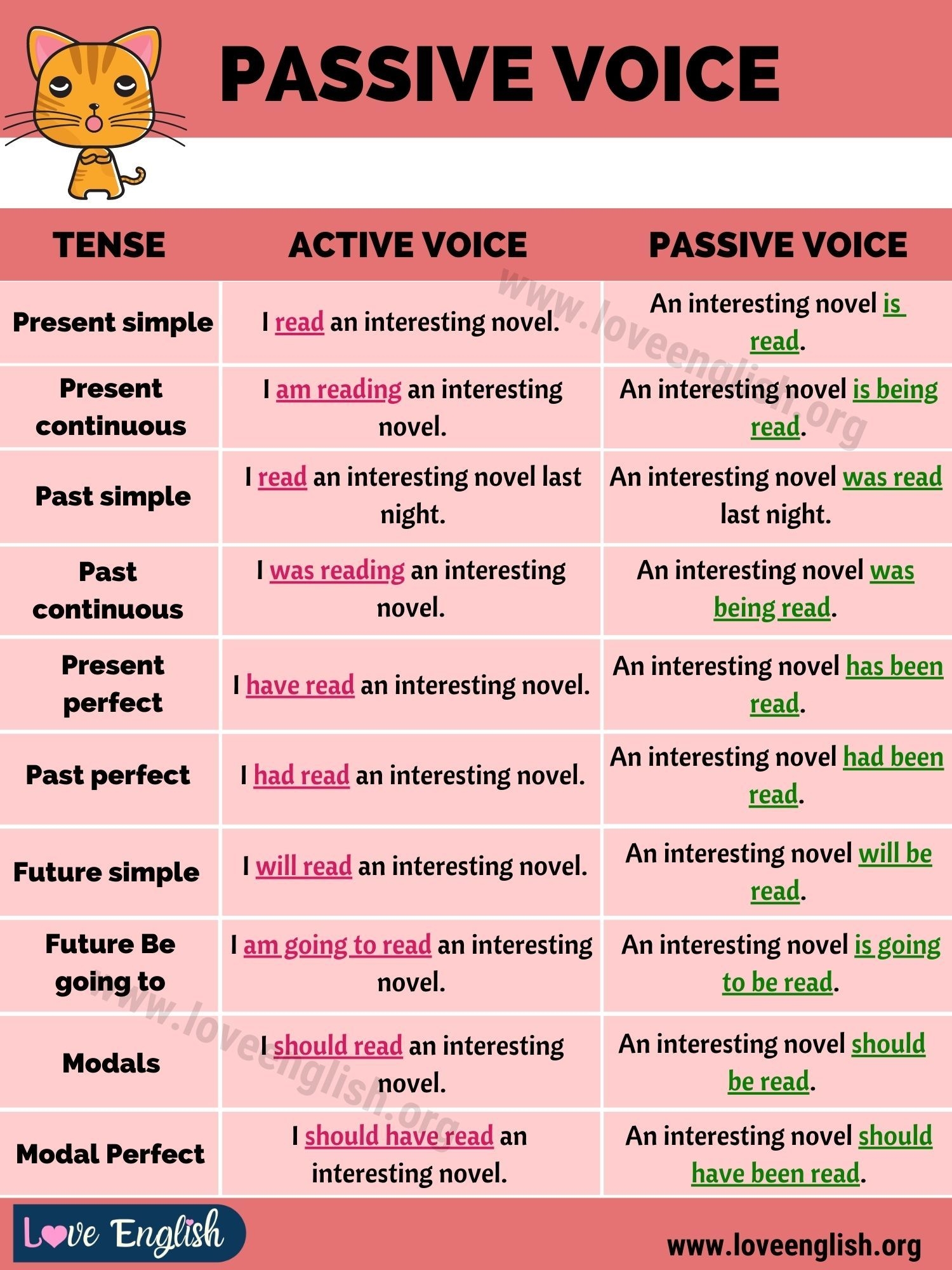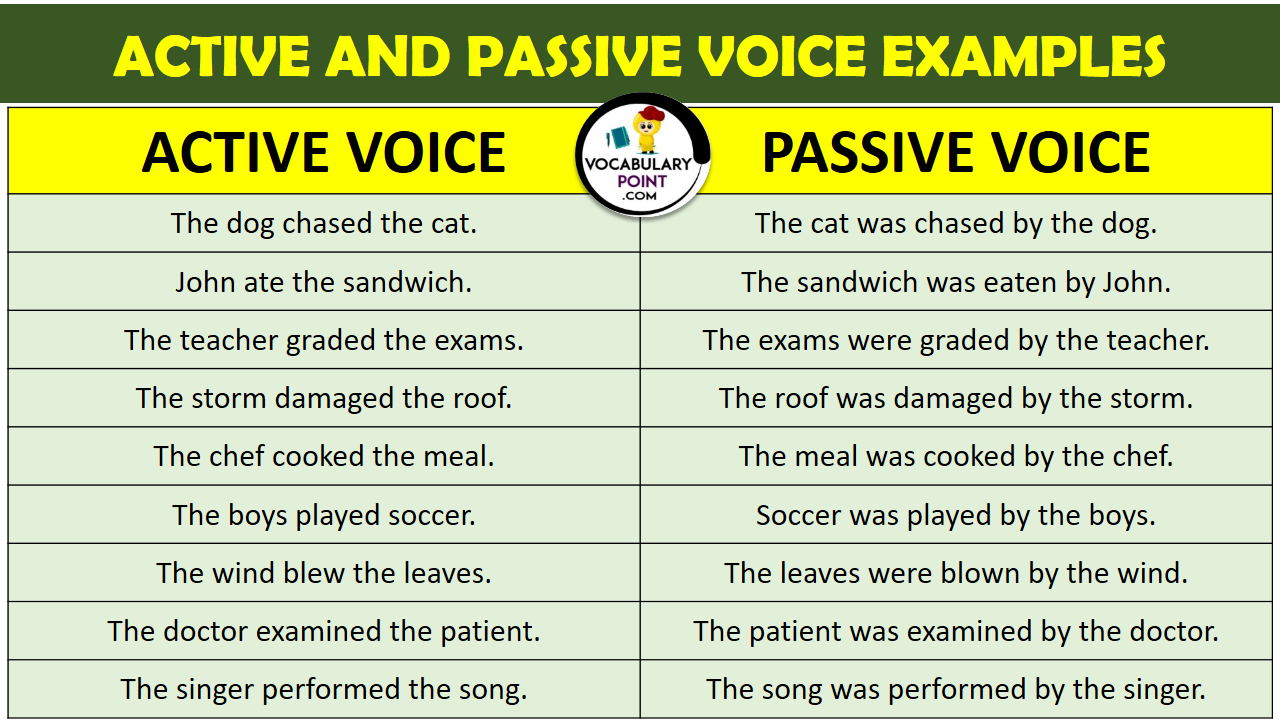Changing Passive to Active Voice
Passive voice is a common writing style where the subject of the sentence is acted upon by the verb. It can make sentences sound less direct and engaging. However, using active voice can make your writing more dynamic and powerful.
By changing passive to active voice, you can improve the clarity and effectiveness of your writing. It is important to understand the difference between the two styles and know when to use each one.
Changing Passive to Active Voice
One way to change passive to active voice is to identify the subject of the sentence and make it the doer of the action. For example, instead of saying “The cake was baked by Sarah,” you can say “Sarah baked the cake.” This makes the sentence more direct and engaging.
Another tip is to look for the verb “to be” in the sentence, as this often indicates passive voice. By replacing “to be” with a more active verb, you can make your writing more dynamic. For instance, changing “The book was read by me” to “I read the book” gives the sentence more energy.
It is also important to pay attention to the order of the words in the sentence. In passive voice, the object of the action often comes before the subject. By rearranging the sentence to have the subject come first, you can easily switch from passive to active voice. For example, changing “The report was written by the team” to “The team wrote the report” makes the sentence more engaging.
Additionally, using active voice can help you avoid wordiness and passive constructions that can weaken your writing. Active voice allows you to be more direct and concise, making your message clearer to the reader.
In conclusion, changing passive to active voice can enhance the effectiveness of your writing. By making your sentences more direct and engaging, you can improve the clarity and impact of your message. Practice identifying passive voice in your writing and making the necessary changes to switch to active voice. Your readers will thank you for it!





